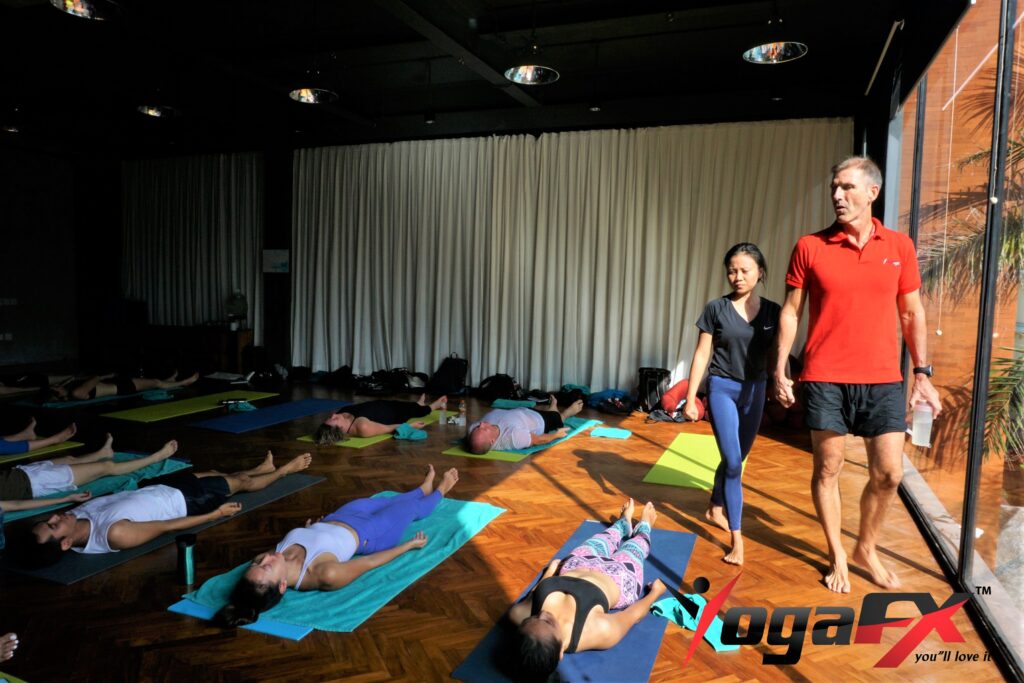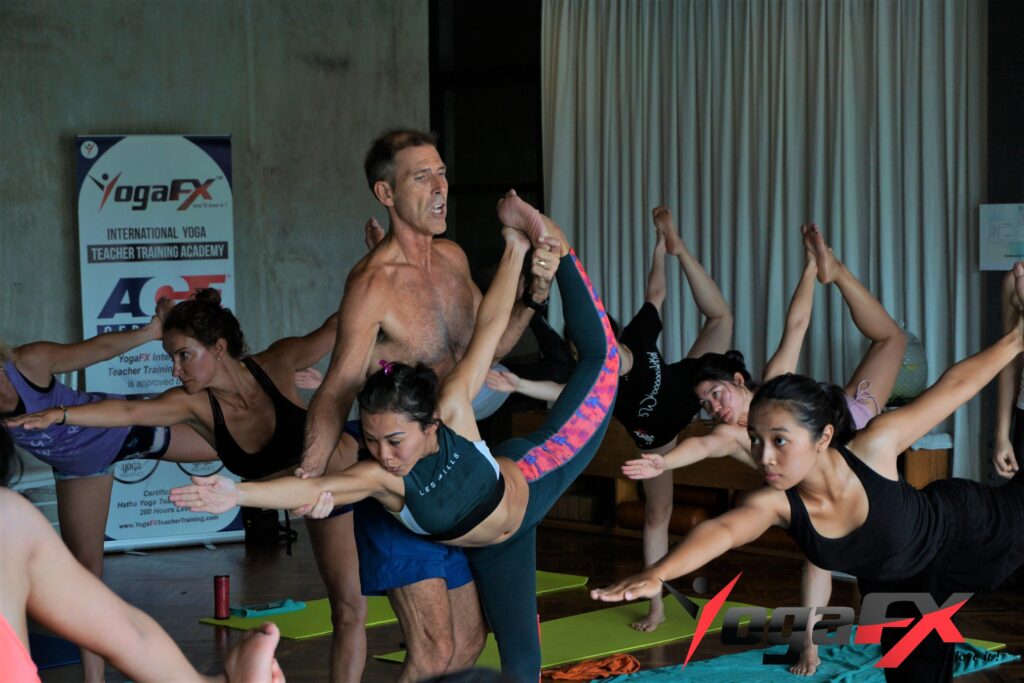When it comes to yoga, the role of a yoga instructor goes far beyond leading a class. As a yoga instructor, you have the important responsibility of guiding and inspiring students on their yoga journey. In this article, we will delve into the essential yoga instructor responsibilities and shed light on the diverse roles and duties that encompass this rewarding profession. From creating a safe and nurturing environment to offering guidance in alignment, mindfulness, and breathwork, the role of a yoga instructor is multifaceted and deeply impactful. Join us as we explore the vital responsibilities of a yoga instructor and the profound influence they have on the lives of their students. Let’s dive into the world of yoga instructor responsibilities and discover the power of this transformative role.

Creating a Safe and Nurturing Environment
As a yoga instructor, one of your primary responsibilities is to create a safe and nurturing environment for your students. This involves cultivating a welcoming space where students feel comfortable, supported, and accepted. You must establish clear guidelines and boundaries to ensure the physical and emotional well-being of everyone in the class. By fostering a non-judgmental atmosphere, you create a safe space for students to explore their practice, release tension, and cultivate self-acceptance.
“Just Imagine That All Of This Randomness Of Life Is Leading you To A Perfect Moment”
Guiding Students in Proper Alignment and Posture
Another crucial aspect of being a yoga instructor is guiding students in proper alignment and posture during their practice. You must have a deep understanding of the asanas (poses) and their alignment principles to help students achieve optimal alignment and prevent injuries. Through clear and concise instructions, physical demonstrations, and hands-on adjustments, you can guide students to find stability, balance, and a deeper connection with their bodies.

Cultivating Mindfulness and Breathwork
Mindfulness and breathwork are integral components of a yoga practice, and as an instructor, you have the responsibility to guide students in cultivating these essential elements. Through intentional breathwork techniques, such as pranayama, you can help students develop awareness of their breath and its impact on their physical and mental well-being. Teaching mindfulness techniques during the practice, such as focusing on the present moment and cultivating a sense of inner stillness, can empower students to find greater peace and tranquility in their lives.
Sequencing and Class Planning
Creating well-structured and balanced class sequences is another crucial responsibility of a yoga instructor. You must carefully plan and design classes that cater to the needs and abilities of your students. This involves incorporating a variety of asanas, including those that challenge, strengthen, and stretch different areas of the body. By thoughtfully sequencing the asanas, you can guide students on a journey of exploration, growth, and transformation.
Offering Modifications and Accommodations
Every student is unique, with different physical abilities, limitations, and body types. As a yoga instructor, it is your responsibility to offer modifications and accommodations to ensure that all students can participate safely and comfortably. By providing variations of poses and utilizing props, such as blocks, straps, and blankets, you can support students in adapting the practice to suit their individual needs. Creating an inclusive environment where all students feel welcome and supported is paramount.
Providing Emotional Support and Guidance
Yoga is not just a physical practice; it is also a means of emotional and spiritual growth. As a yoga instructor, you have the opportunity to provide emotional support and guidance to your students. Actively listening to their concerns, offering words of encouragement, and creating a compassionate space for self-expression are all part of your role. By fostering a sense of trust and connection, you can help students navigate challenges, cultivate self-awareness, and find inner strength.
Continuing Education and Professional Development
To fulfill your responsibilities as a yoga instructor and stay current in the field, it is essential to engage in continuing education and professional development. Pursuing additional certifications, attending workshops and trainings, and staying informed about the latest research and trends in yoga instruction are all crucial aspects of your role. By expanding your knowledge and skills, you can continue to evolve as an instructor and offer the best possible guidance to your students.

Conclusion
As a yoga instructor, you hold a position of great influence and responsibility. Your role extends beyond leading yoga classes; you are a guide, mentor, and source of inspiration for your students. By creating a safe and nurturing environment, guiding students in alignment and posture, cultivating mindfulness and breathwork. Designing well-structured classes, offering modifications and accommodations. Thenproviding emotional support, and investing in your own professional development.
Then you can fulfill your responsibilities with integrity and make a profound impact on the lives of your students. If you are passionate about sharing the transformative power of Bikram Hot YogaFX. Then Consider pursuing the YogaFX teacher training program led by Mr. Ian. This Yoga Alliance certified program will equip you with the knowledge, skills. Then accreditation to become a skilled and confident Bikram Hot YogaFX instructor. Embrace your role as a yoga instructor, embrace your responsibilities. Then embark on a journey of guiding and inspiring others through the transformative practice of yoga.

